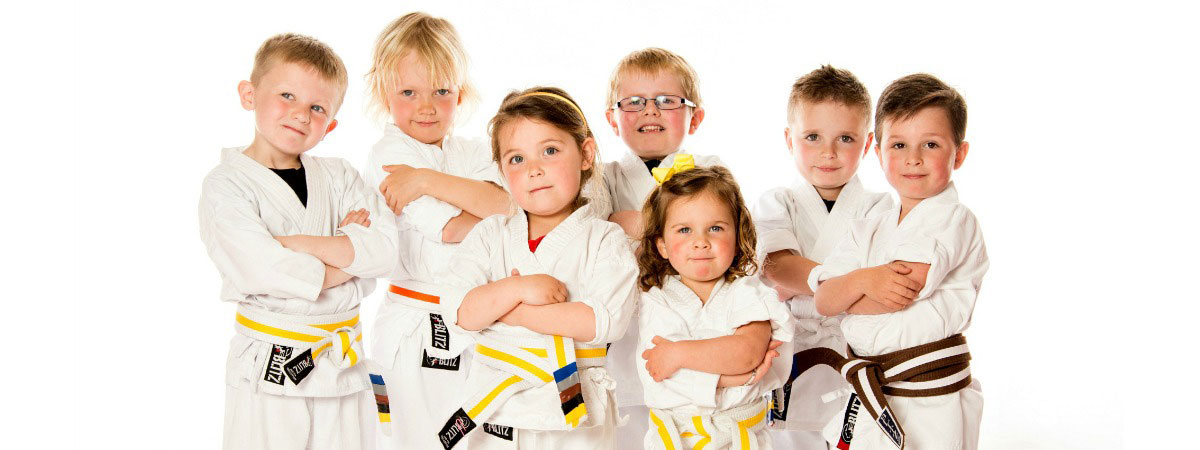

Outside the school, at a few meters from the road, your child is looking for your eyes and slowly, little by little, he starts recoiling, gaining space between him and you.
In that gesture is the conquest of freedom, exploration, but above all the bet, the gauntlet, the attempt to question authority. In that mocking smile is the conscience of forcing, the signal of the need of “NO”, the expectation of fixing the perimeter to what is allowed, the end of a mental pavement.
Well, there are some moments when the limit has to be experienced, some others when it has to be accepted, both because imposed by good social and moral rules, and because the risk of the experiment is too high for oneself and for the others. In this case, the NO is a way of protecting a child, sheltering him from danger and directing him towards the best way to express himself.
It is not necessary that an egg falls from the table to see it broken. Likewise, it is useless to go on running when the play time is over.
Judo uses NO as an instrument to shape an idea of measure. It traces the rules of ethic and behaviour, leading a child by the hand, indicating him the way of balance, good manners, universal rules of life in common, dialogue and respect for people and things.
Within this perimeter, a young judoka will be able to experience and test himself in a territory that will open him the doors of inclusion, acceptance, freedom, being his real self, being a unique.
Professor Paolo Ragusa, educational psychologist expert in conflict management, writes: «To say "no" helps children to grow up»- (Uppa.it); «Between early and second childhood a NO represents a limit. It is an age when the balance of the self in children progressively evolves in relation to equals and in relation to educational reality. In this phase a NO helps to contain and give the measure to energies and to the feeling of omnipotens on the world around. A NO produces frustration, but this is fundamental to help children to understand the limits of their possibilities and to activate new resources and skills. To learn to manage the frustration that comes from the meeting with others is a fundamental and protective ability in the future. In second childhood and preadolescence a no is a rule: it helps kids to have a compass to orient oneself in the world. This no is much more complex, cause it focuses on independence».
To those who think that rules are limits to personal freedom, we answer saying that "each time we give a rule, we create a space of detachment and we define the sphere of the possible exercise of freedom, allowing thus the development of independence".
Judo fuses discipline together with imagination, creativity and the motor freedom of children. It is important to know that parents can find such a valid an complete ally in the difficult task of educating their children.
Fabio Della Moglie - maestro di judo
written on 26th September 2016